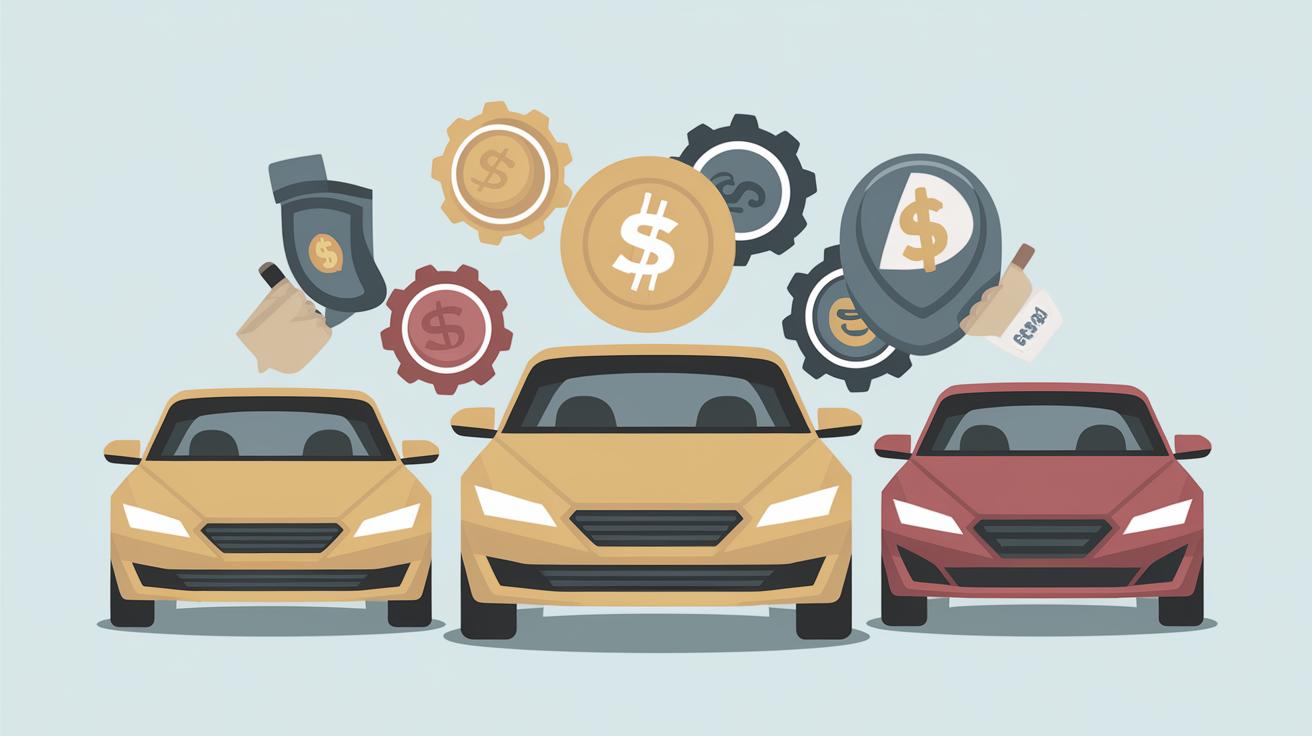Understanding Gap Insurance: How to Know if You Have It
Gap insurance, a crucial financial safety net, can protect you from owing more on your car loan than your vehicle’s worth in the unfortunate event of a total loss through theft or an accident. Knowing if you have gap insurance is essential for effective financial planning. This blog dives into the various ways to confirm if you have gap insurance, including checking with your dealer, auto insurance policy, or lease agreement. Additionally, we’ll explore whether you can acquire gap insurance post-purchase and what factors can affect your decision, specifically concerning used cars. The goal is to equip you with a comprehensive understanding of gap insurance so you can make informed decisions.
How to Check If You Have Gap Insurance
How to Check If You Have Gap Insurance from the Dealer
Many car owners might find it surprising, but the first stop in your quest to determine whether you possess gap insurance is the dealership from which you purchased your vehicle. Dealerships often offer gap insurance as part of the financing package. If you opted for dealer financing, examine the purchase paperwork meticulously. The terms and conditions often spell out details regarding any insurance or protection products bundled with your purchase.
If you’re uncertain about interpreting the documentation, don’t hesitate to reach out directly to the dealership’s finance department. Ask for a comprehensive explanation of your purchase agreement and whether gap insurance was included. Remember, knowledge is power, so understanding the inclusions of your financial agreement can prevent future headaches and provide peace of mind.
How to Check If You Have Gap Insurance from Your Auto Insurance Policy
An alternative avenue to probe is your auto insurance policy. Insurers frequently offer gap insurance as an optional add-on. To determine if you have this coverage, review your existing insurance policy documents. Look for any mention of “loan lease payoff,” “gap insurance,” or related terms. These keywords can indicate the presence of a gap insurance clause.
Beyond self-examining your policy, reaching out to your insurance provider is a prudent step. An agent can clarify the specifics of your policy and confirm whether gap insurance is included. Moreover, this conversation might reveal other valuable policy updates or additional coverages worth considering. Maintaining an open line of communication with your insurer ensures you’re always up to speed with your coverage specifics.
How to Check If You Have Gap Insurance Through a Waiver Clause in Your Lease
For car lessees, particularly pertinent information about gap insurance might reside within the lease documents. Leasing companies often incorporate gap insurance automatically, either as a standard provision or through a waiver clause. Carefully examine your lease agreement for any references to “gap insurance” or related clauses.
If such a clause is present, then rest assured, you likely have the necessary protection in place. However, should the lease seem ambiguous or lack detail, contacting the leasing company for confirmation is advised. They can verify the inclusion of gap insurance, ensuring you’re not caught off-guard by unexpected costs if the leased vehicle faces a total loss scenario.
Can I Buy Gap Insurance After the Sale?
Gap Insurance and Used Cars
Many wonder about procuring gap insurance after initially purchasing a vehicle, especially when dealing with used cars. The answer is yes; gap insurance can typically be bought post-purchase. However, some conditions might apply regarding the age and value of the car. Used cars, whose markets vary, might limit gap insurance options due to depreciation factors.
For those with used cars, a keen understanding of your vehicle’s market value in comparison to your outstanding loan is crucial. Should you find yourself at risk of negative equity, acquiring gap insurance could provide significant financial relief. Discuss your options with an insurer or the dealership to ensure you have the appropriate protection tailored to your specific car ownership circumstances.
Related Articles
Enhance your understanding of automotive insurance with our related articles. We cover topics such as comprehensive vs. collision insurance, the implications of vehicle depreciation, and how to navigate insurance claims efficiently. Each piece provides deeper insights to help you make informed insurance decisions.
Related Categories
Explore our blog categories to expand your knowledge further. We categorize our content to ensure you find exactly what interests you, including Automotive Finance, Insurance Basics, and Vehicle Ownership Tips. Each category offers a selection of articles aimed at providing you with the latest industry trends and essential insights.
Summary of Main Points
| Method | Description |
|---|---|
| Dealer | Check your purchase agreement and consult with the dealership’s finance department to verify if gap insurance was included. |
| Auto Insurance Policy | Review your policy documents and keywords related to gap insurance or contact your insurance provider for clarification. |
| Lease Agreement | Examine your lease documents for any waiver clauses or gap insurance mention and confirm with the leasing company. |
| Post-Purchase Gap Insurance | It is possible to purchase gap insurance after buying a vehicle, although options may be limited for used cars depending on depreciation. |


